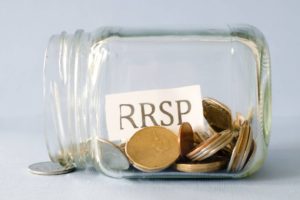Special to the Financial Independence Hub
Marketing your online business isn’t necessarily a cut and dry endeavor. For instance, you may have the best products on the planet but are having trouble getting them in front of the right people. Or you’ve found the right people but are unable to communicate with them clearly. Either way, you won’t be making any money.
In the marketing world, there’s no quick fix to success: there are things you should know before choosing your business growth strategies and the following brand building strategies can help you take your efforts to the next level.
The Internet is now pervasive
There’s no denying it: the Internet dominates virtually every aspect of our lives. Thus, it comes as no surprise that it has become very a popular and effective marketing medium. Take control of this monster with these two tips:
Leverage social media
Sites like Instagram, LinkedIn, Snapchat, Twitter, and Facebook have the potential to boost the popularity of your brand exponentially. But to get the most out of these sites, it’s important to know which one works best for your brand. For instance:
- Pinterest and Instagram are best for sites with a lot of pics
- B2Bs do best on Twitter
- Small businesses in creative industries do well on Instagram
To succeed, you must create a creative and engaging marketing campaign to help you stand apart from your competition. Do so by posting updates several times a day to make sure you are engaging with your audience on a regular basis.
Embrace influencer marketing
Influencers are well liked and trusted by their audience, making an endorsement by them very valuable. To take advantage of this, find key influencers who are already in your industry. Just make sure that their business complements (rather than competes) with your product or service.
Popular influencers are being courted by my many companies. Give yourself an advantage by researching them: this will give you an idea of what you can do capture their interest and get them to listen to your story.
You may also want to create a couple of influencer strategies. In this way, if your desired influencer decides to go another way, all is not lost. You have other options to choose from.
Offline Brand Building
Although most of your brand building marketing work will be done online, there’s still something to be said about offline marketing. Continue Reading…







